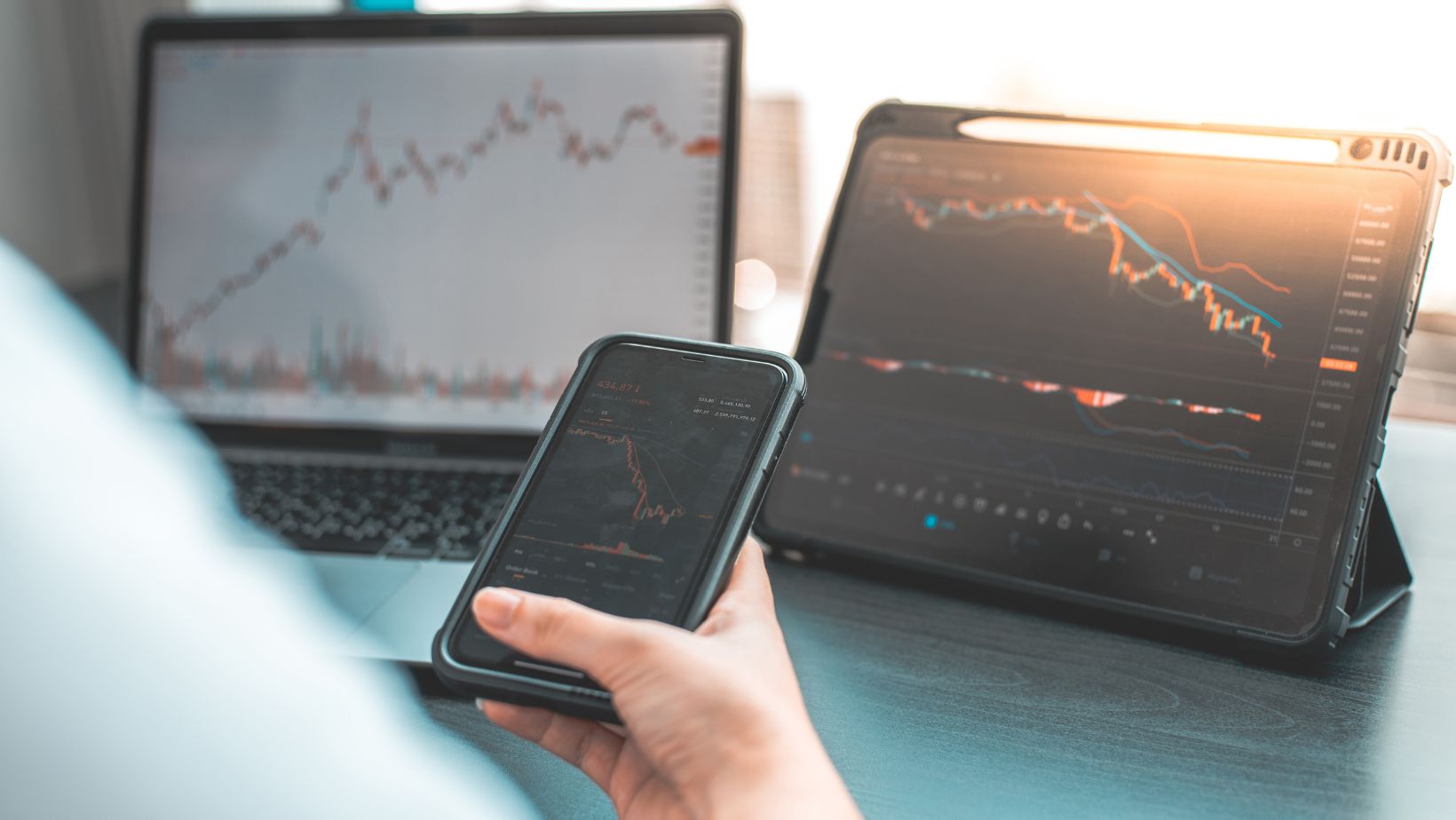
Forex scalping is a trading strategy where traders aim to make quick profits by buying and selling currencies over very short periods. The goal is to capitalize on small price movements, holding positions for just a few seconds or minutes before closing them for a small profit.
Scalping requires executing many trades throughout the trading day, each one targeting a tiny gain that adds up over time. While this approach can be effective, it’s important to understand that a solid Forex Trading Strategy is essential to consistently identify and execute these opportunities successfully.
How Does Forex Scalping Work?
In the forex market, scalping involves rapidly buying and selling currencies with the intention of profiting from small changes in exchange rates. The forex market is the largest financial market in the world, with over $6.5 trillion traded daily. In this vast market, traders can open a position (buy or sell a currency) and then quickly close it, hoping that the difference in exchange rates between the time they enter and exit the trade will result in a profit.

For example, imagine a trader in the U.S. buys euros at an exchange rate of $1.1050. Later, they sell these euros at $1.1150. The difference—0.0100, or 100 pips—translates to a 1% profit. However, typical scalping strategies might aim for much smaller gains, such as 10 or 20 pips per trade. To make scalping worthwhile, traders often place a large number of trades or increase the size of their positions.
Which Currency Pairs are Popular for Scalping?
While there are many currency pairs to choose from in the forex market, most scalpers focus on a few major pairs. These pairs are popular because they are highly liquid, meaning they are traded in large volumes, which leads to tighter spreads (the difference between the buying and selling price).
This liquidity is crucial for scalping, where even a small difference in price can affect profitability. Here are the major pairs most commonly used in scalping:
- EUR/USD: Euro to U.S. Dollar
- USD/JPY: U.S. Dollar to Japanese Yen
- GBP/USD: British Pound to U.S. Dollar
- USD/CHF: U.S. Dollar to Swiss Franc
- USD/CAD: U.S. Dollar to Canadian Dollar
- AUD/USD: Australian Dollar to U.S. Dollar
Tools and Techniques for Successful Forex Scalping
Scalping can be done manually, with the trader actively looking for signals and deciding when to enter or exit a trade. This approach requires constant monitoring of the market and quick decision-making. However, many scalpers prefer to use automated trading systems that can execute trades faster than a human could. These systems are programmed to respond to specific signals, such as a certain price level being reached or a technical indicator showing a particular pattern.
For instance, if a trader sets up an automated system to buy euros at $1.1050 and sell at $1.1060, the system will automatically close the trade when the price hits $1.1060, securing a profit. Similarly, a stop-loss order can be set to minimize losses. If the price falls to $1.1030, the system will close the trade to prevent further losses.
Scalping relies heavily on technical analysis, which involves using charts and indicators to predict future price movements. Real-time data is crucial for scalping because traders need to make decisions quickly. Technical analysis tools look at factors such as price momentum, trading volume, and volatility to identify trading opportunities. Many scalping strategies combine automated trading systems with technical analysis to maximize efficiency and minimize the time spent analyzing the market manually.

For example, a trader might use a chart that tracks the price movements of a currency pair in real-time. If the price breaks out of a recent range or moves higher or lower than the previous day’s close, the system could trigger a buy or sell order based on these signals. By using a combination of tools and automation, scalpers can quickly react to market conditions and take advantage of even the smallest price movements.
Final Thoughts
Scalping can be a highly effective trading strategy, but it’s not for everyone. It requires a lot of time, focus, and the ability to make quick decisions. Traders need to be comfortable with taking small, frequent profits and must be disciplined in sticking to their strategy.
Additionally, having the right tools can make a significant difference in the success of a scalping strategy. If you’re considering scalping, make sure you’re prepared for the nature of this trading style and have a solid plan in place to manage your risks and maximize your potential profits.










